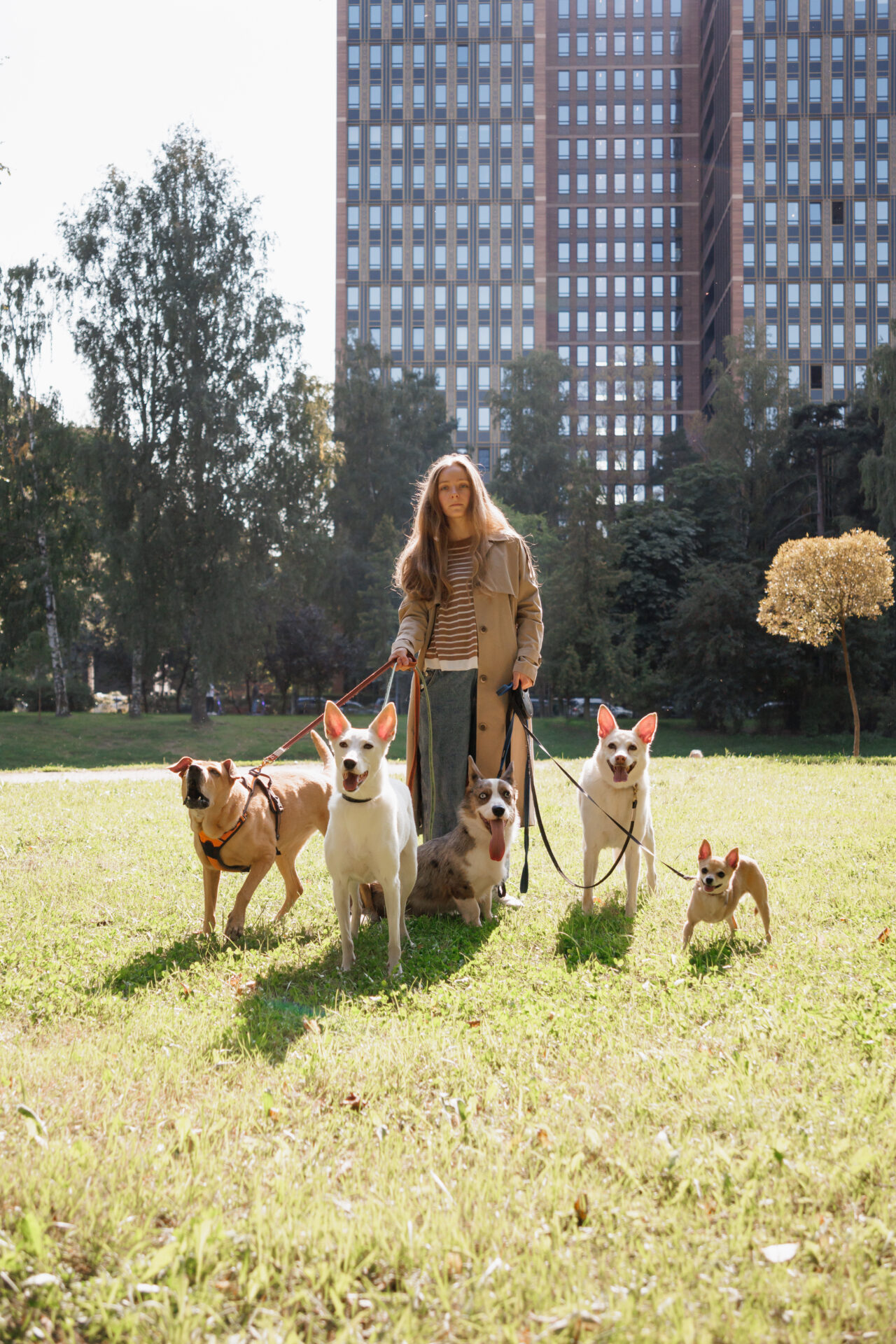Bringing a dog into your life is an exciting decision, but with hundreds of breeds to choose from, finding the right one for your lifestyle can be a daunting task. Every breed has unique traits, from energy levels to size, temperament, and grooming needs. Choosing the right dog isn’t just about what looks cute; it’s about finding a companion that fits your daily routine, living space, and personality.
In this guide, we’ll explore the factors to consider when selecting a dog breed, highlight breeds that match different lifestyles, and help you make a decision you’ll cherish for years to come.
Some of the links on this page are affiliate links, which means we may earn a commission at no extra cost to you if you make a purchase. As an Amazon Associate I earn from qualifying purchases. We only recommend products we genuinely love and think you’ll find helpful!
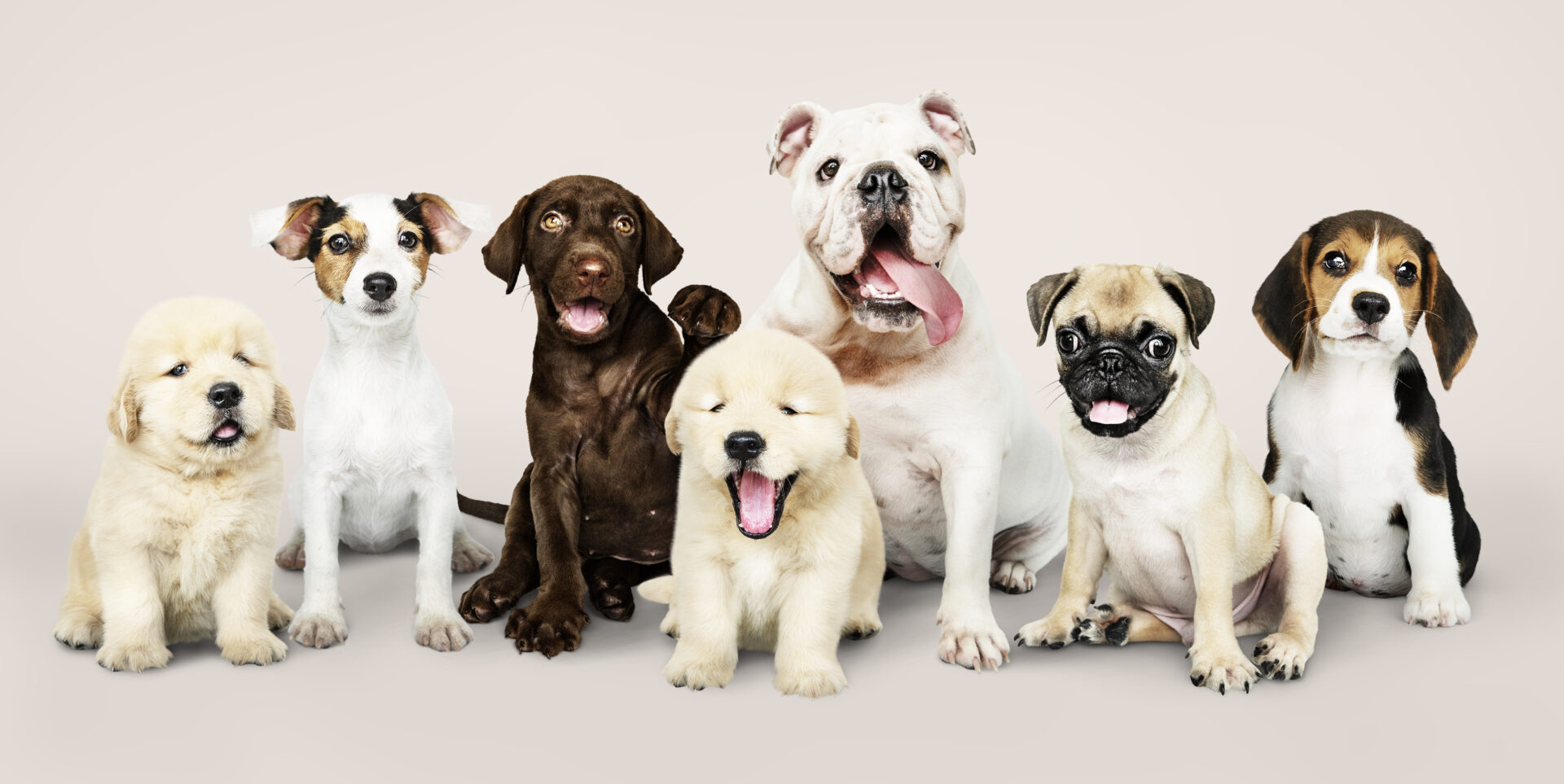
1. Assess Your Lifestyle
The first step in finding the perfect dog is an honest evaluation of your lifestyle. Consider the following:
Activity Level: Are you an active person who enjoys running, hiking, or long walks, or do you prefer a quieter lifestyle?
Living Space: Do you live in a small apartment, a suburban home, or a place with a large yard?
Work Schedule: How much time do you spend at home? Dogs thrive on companionship, so long hours away may require a breed that’s more independent or a plan for doggy daycare.
Family Dynamics: Do you have kids, elderly family members, or other pets? Some breeds are better suited for families, while others might prefer a quieter household.
Being realistic about your daily habits and long-term commitments will help narrow down the breeds that align with your life.
2. Size Matters: Small, Medium, or Large?
Dogs come in all shapes and sizes, and the size of the dog you choose will impact your experience as a pet owner.
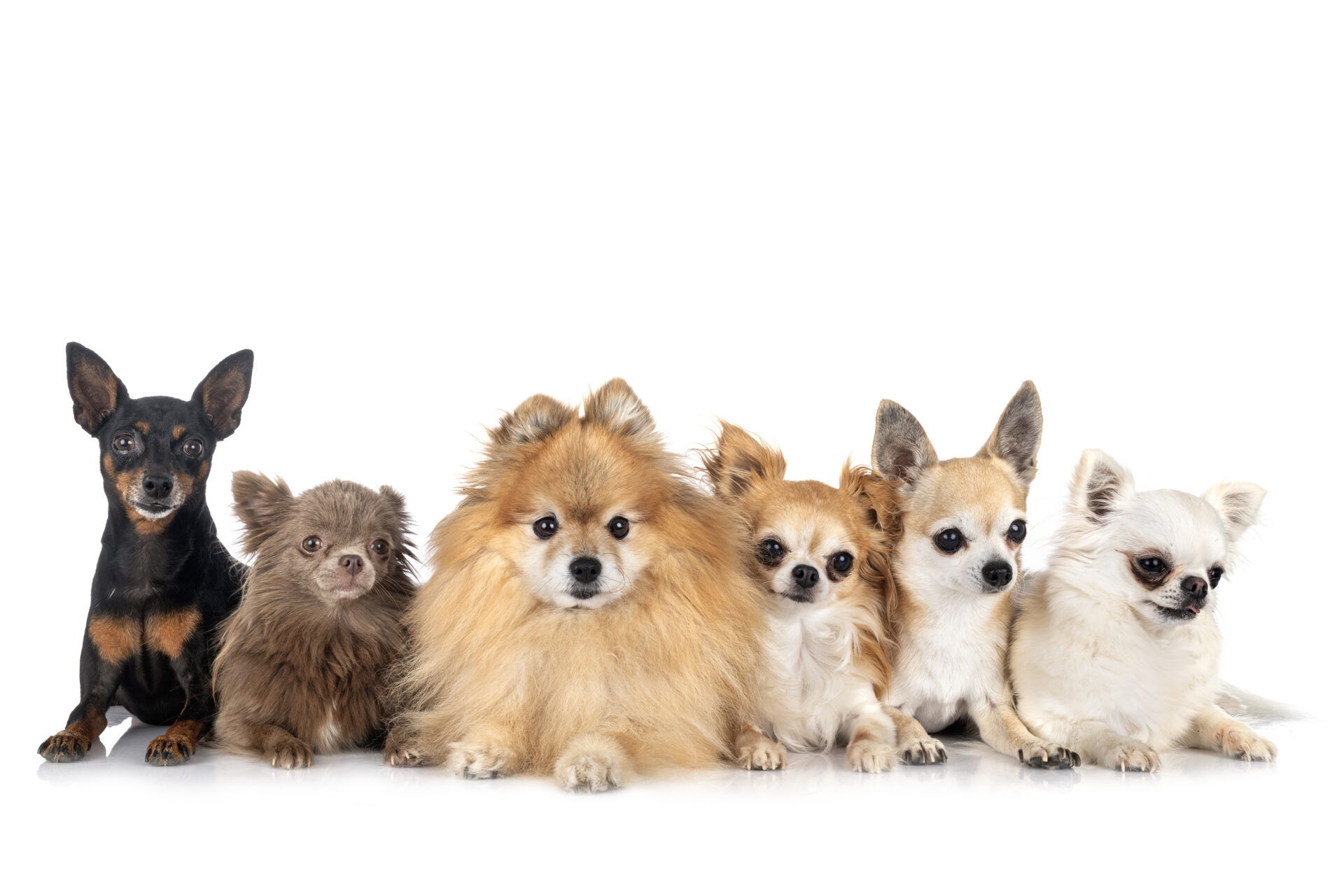
Small Breeds
Small dogs like the Chihuahua, French Bulldog, and Yorkshire Terrier are great for apartments or homes with limited space. They’re often easier to transport, require less food, and can be a good choice for individuals or families with older children.
However, small dogs can sometimes have big personalities. Breeds like the Jack Russell Terrier are small but highly energetic, requiring significant exercise and mental stimulation.
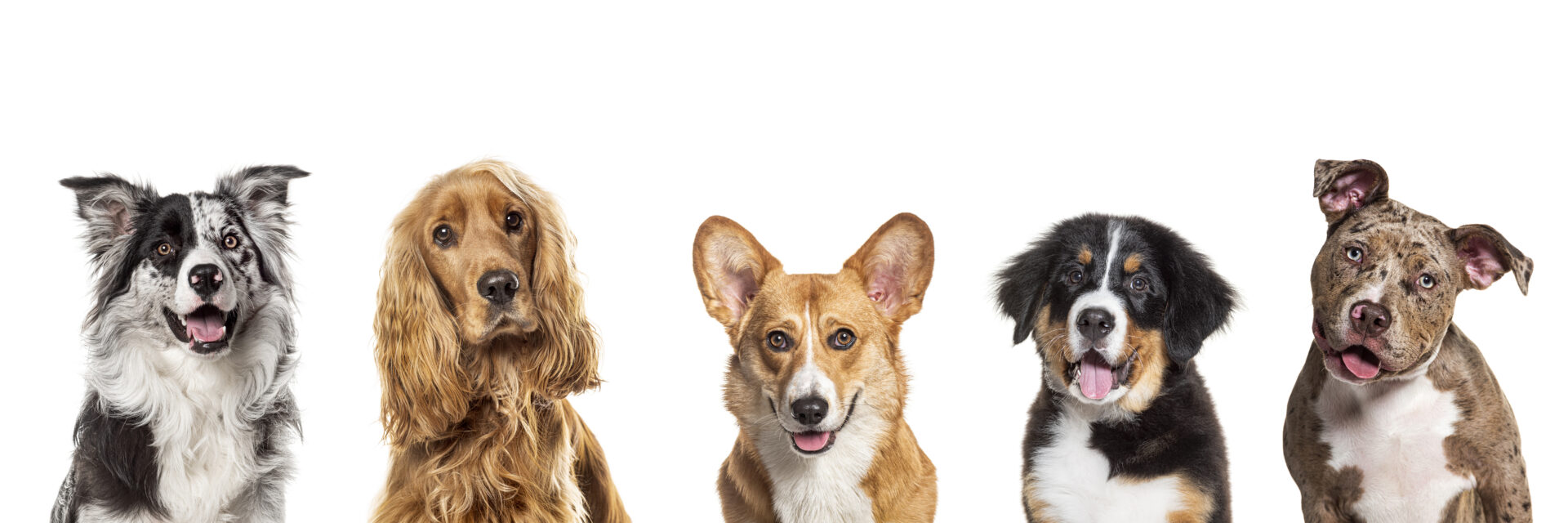
Medium Breeds
Medium-sized dogs, such as the Border Collie, Cocker Spaniel, or Bulldog, strike a balance between manageability and sturdiness. Many of these breeds are versatile and adapt well to different living situations, provided their exercise and grooming needs are met.
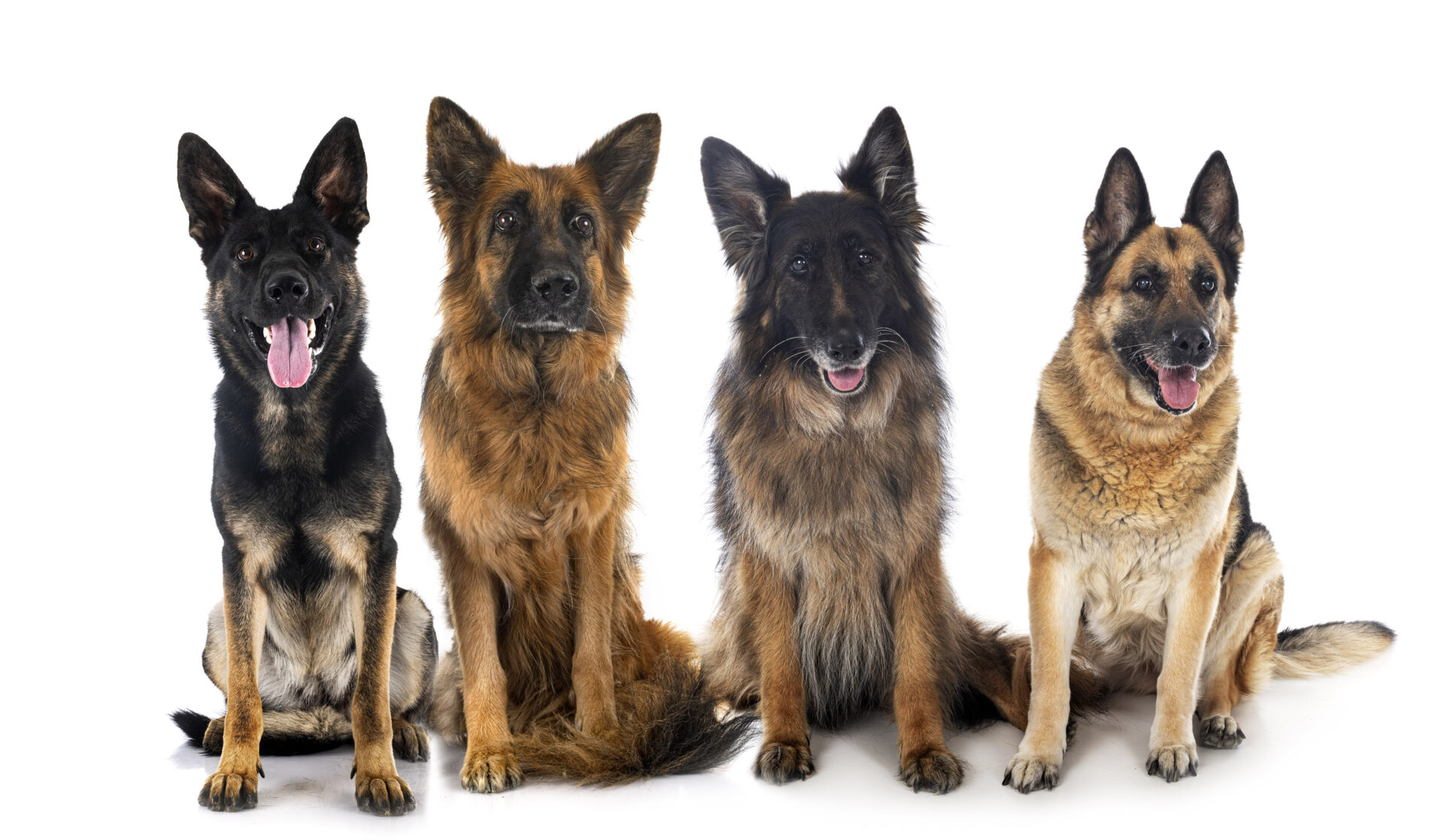
Large Breeds
Large dogs like the Golden Retriever, German Shepherd, and Great Dane require more space and resources but are often gentle and great with families. Be prepared for higher food costs and the need for regular training, as larger dogs can be harder to manage without proper guidance.

3. Temperament: The Heart of Compatibility
A dog’s temperament is perhaps the most crucial factor in choosing a breed. Some questions to consider:
Do you want a playful, high-energy companion or a laid-back couch buddy?
Breeds like the Labrador Retriever or Australian Shepherd are full of energy and thrive in active households. Meanwhile, dogs like the Basset Hound or Shih Tzu are more relaxed and happy to lounge.
Are you looking for a dog breed that’s highly social or more independent?
Breeds like the Golden Retriever and Beagle are outgoing and love being around people. On the other hand, breeds like the Chow Chow or Akita can be more aloof and independent.
Do you need a guard dog or a family-friendly companion?
Protective breeds like the Rottweiler or Doberman Pinscher are naturally wary of strangers, making them excellent watchdogs. For families with young children, gentle and patient breeds like the Cavalier King Charles Spaniel or Bernese Mountain Dog might be a better fit.
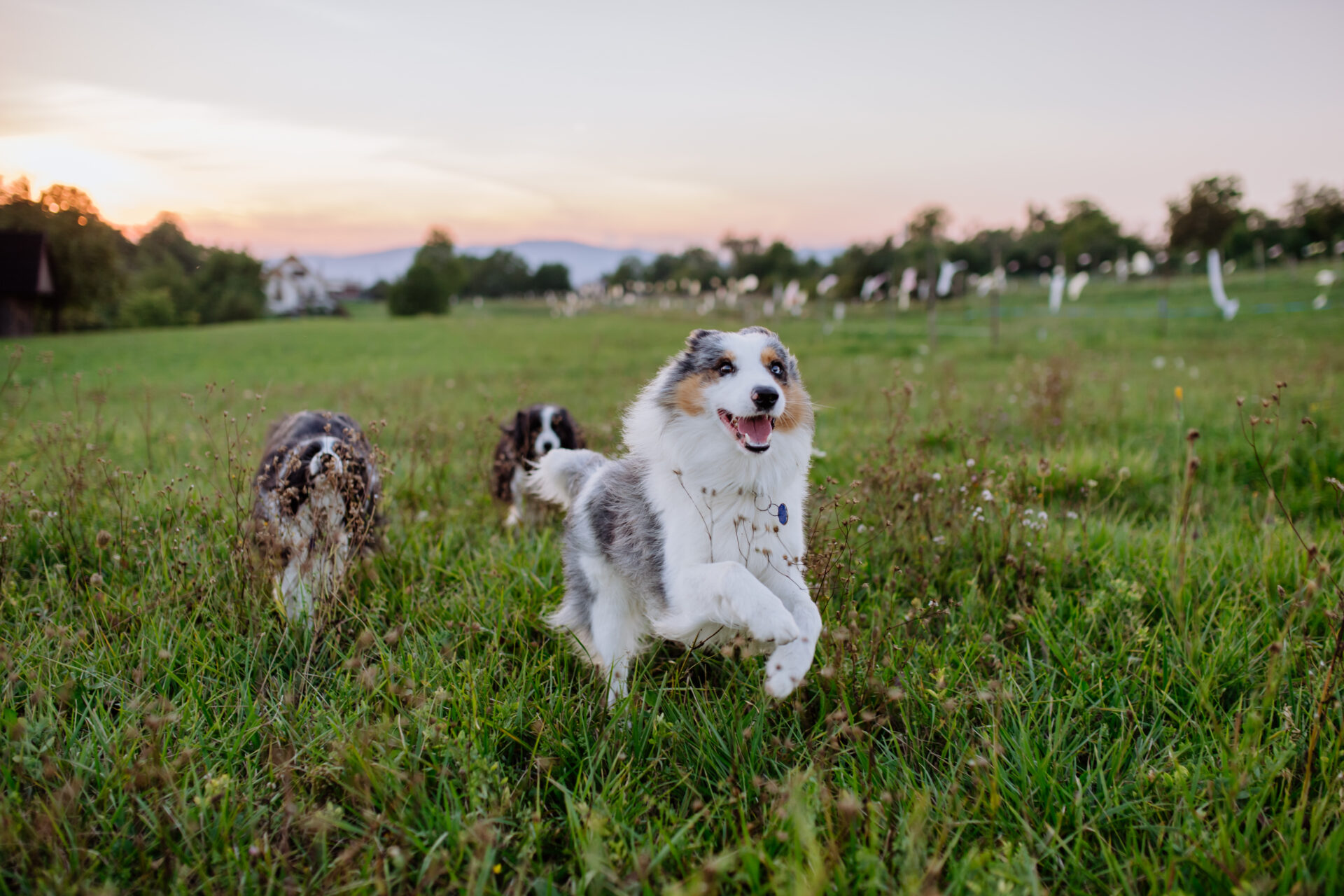
4. Energy Level: Matching Your Pace
Dogs with mismatched energy levels to their owners’ lifestyles can lead to frustration for both parties.
High-Energy Breeds
If you love outdoor activities and have the time to exercise a dog daily, consider breeds like the Siberian Husky, Border Collie, or Australian Shepherd. These breeds thrive on physical and mental challenges but may become destructive if not adequately stimulated.
Moderate-Energy Breeds
Breeds like the Boxer, Standard Poodle, or Labrador Retriever enjoy regular exercise but are also content relaxing indoors after a walk or play session.
Low-Energy Breeds
For a quieter lifestyle, breeds like the Bulldog, Greyhound, or Bichon Frise require less exercise and are more suited to a slower pace. Even these dogs, however, still need regular walks to stay healthy and happy.
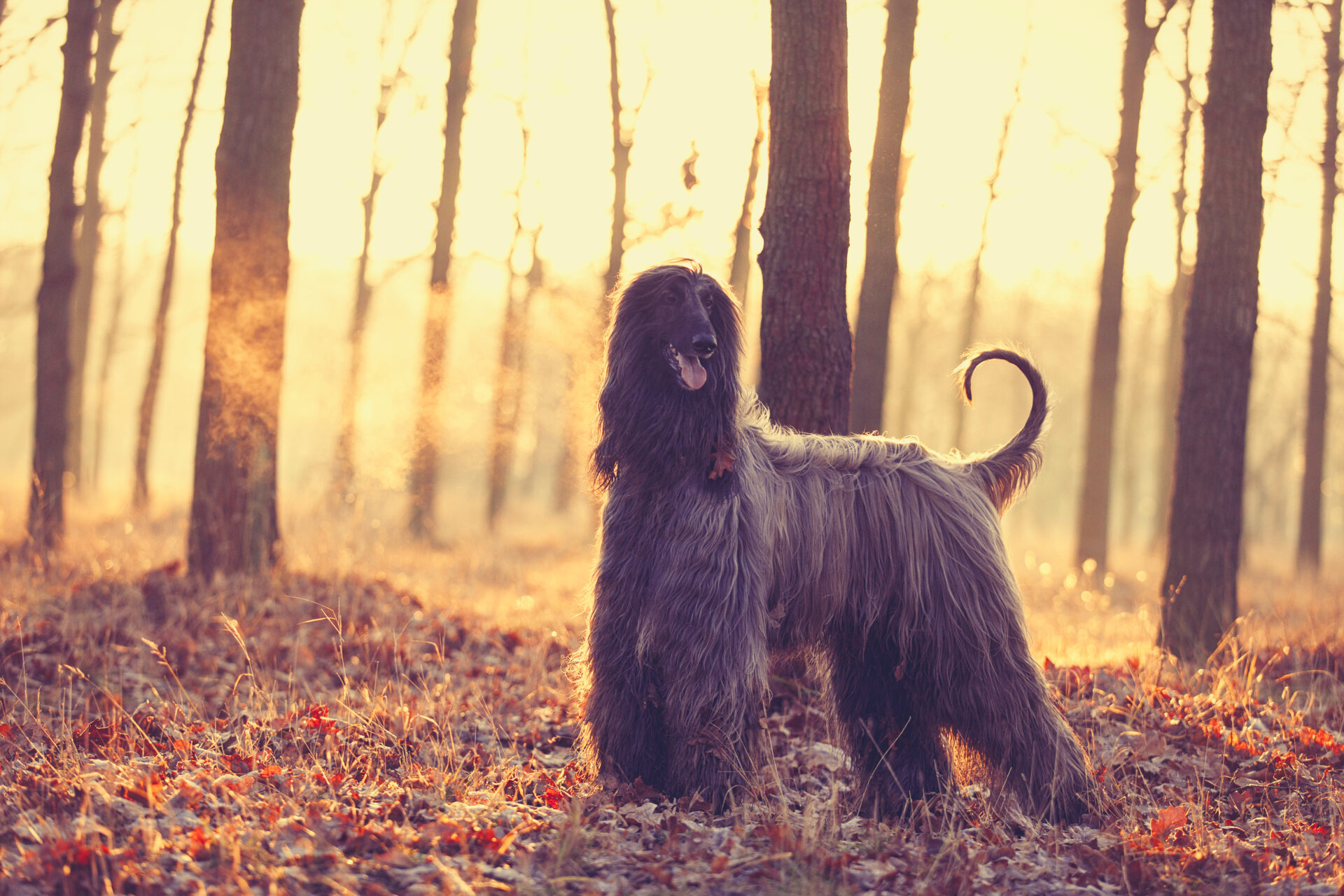
5. Grooming Needs: Can You Handle the Hair?
Different breeds come with varying grooming requirements. Consider how much time and effort you’re willing to invest in your dog’s coat care.
Low-Maintenance Breeds
Short-haired breeds like the Dachshund, Boxer, or Whippet require minimal grooming, typically needing just regular brushing and occasional baths.
Moderate-Maintenance Breeds
Breeds like the Golden Retriever or Cocker Spaniel have longer coats that require brushing several times a week to prevent matting and shedding.
High-Maintenance Breeds
Breeds like the Poodle, Shih Tzu, or Afghan Hound require frequent grooming appointments and daily coat care. Be prepared for the additional cost and time commitment.

6. Health Considerations
All breeds come with potential health concerns, and some are more prone to certain issues than others.
- Brachycephalic Breeds: Breeds like the Pug or Bulldog may have breathing issues due to their short snouts.
- Large Breeds: Dogs like the Great Dane or Saint Bernard are prone to joint problems such as hip dysplasia.
- Small Breeds: Tiny dogs like the Chihuahua can have dental issues or fragile bones.
Researching breed-specific health concerns and choosing a responsible breeder or rescue organization can help ensure a healthier dog.
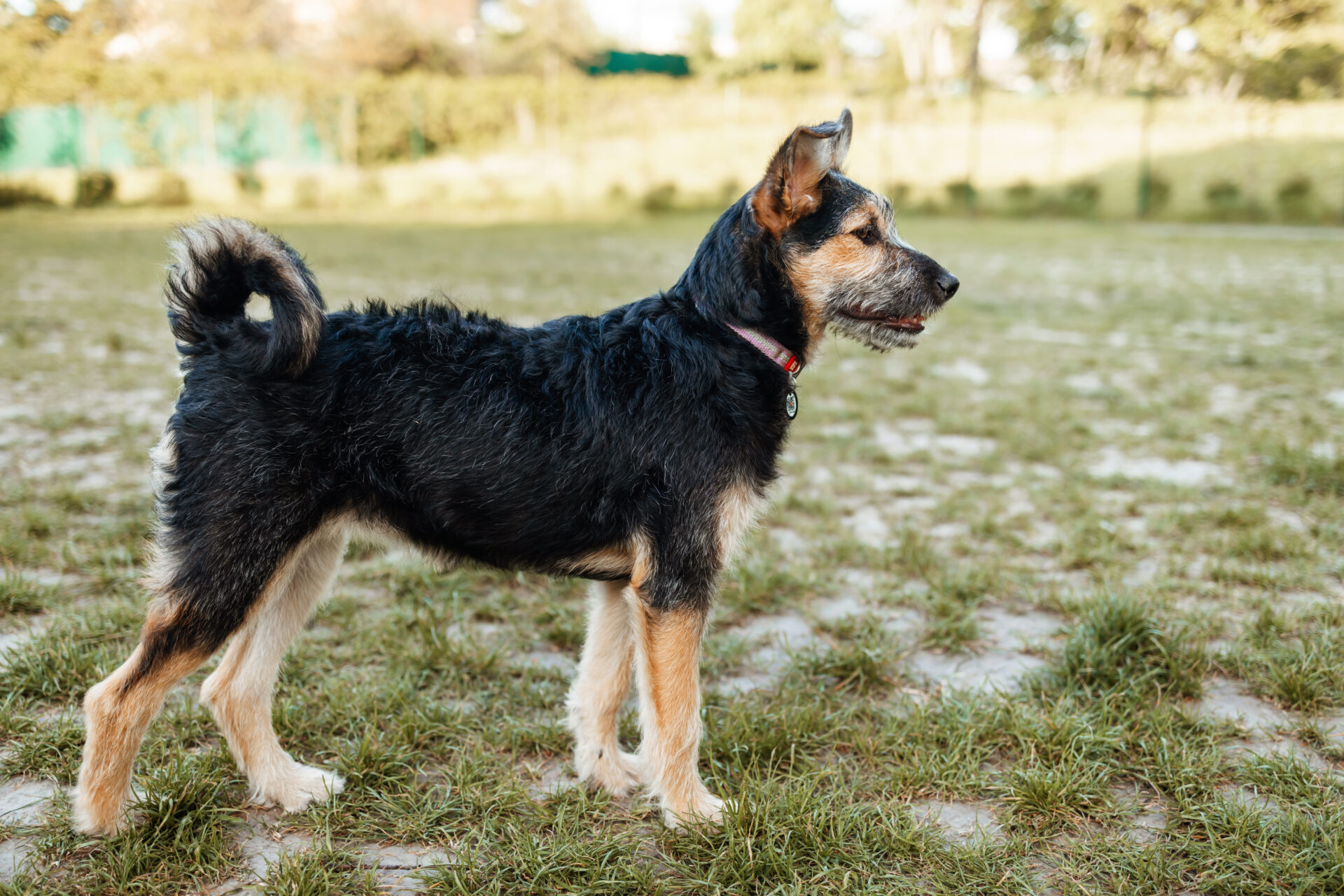
7. Mixed Breeds: A Wonderful Option
Don’t overlook mixed-breed dogs when searching for your perfect companion! Often found in shelters, mixed breeds combine traits from two or more breeds, making them unique and versatile.
- Adoptable Personalities: Shelter staff often know the personalities and needs of their dogs, helping you find a good match.
- Health Benefits: Mixed breeds are thought to be less prone to genetic health issues compared to purebreds.
- Saving a Life: Adopting a dog from a shelter gives them a second chance at a loving home.

8. Take Your Time: Meet Before You Commit
No matter how much research you do, meeting a dog in person (or multiple times) is essential before making your decision.
- Spend time interacting with the dog to see if their energy and personality match your expectations.
- Ask breeders or shelters about the dog’s temperament, history, and health records.
- If adopting, consider fostering the dog first to see how they fit into your home.
9. A Few Popular Breeds for Different Lifestyles
Here are some breed suggestions based on various lifestyles:
- For Active Individuals: Australian Shepherd, Labrador Retriever, Border Collie.
- For Apartment Dwellers: French Bulldog, Cavalier King Charles Spaniel, Dachshund.
- For Families with Kids: Golden Retriever, Bernese Mountain Dog, Beagle.
- For Low-Energy Homes: Bulldog, Greyhound, Basset Hound.
Final Thoughts
Choosing the right dog breed is about more than appearance; it’s about finding a companion whose needs and personality align with your lifestyle. Take the time to evaluate your living situation, activity level, and preferences before making a decision. Whether you choose a purebred dog or adopt a mixed-breed from a shelter, the right dog will bring endless joy, love, and companionship to your life.
Remember, every dog is unique, and even within a breed, personalities can vary. By researching and spending time with your potential furry friend, you’ll ensure a match that lasts a lifetime.

